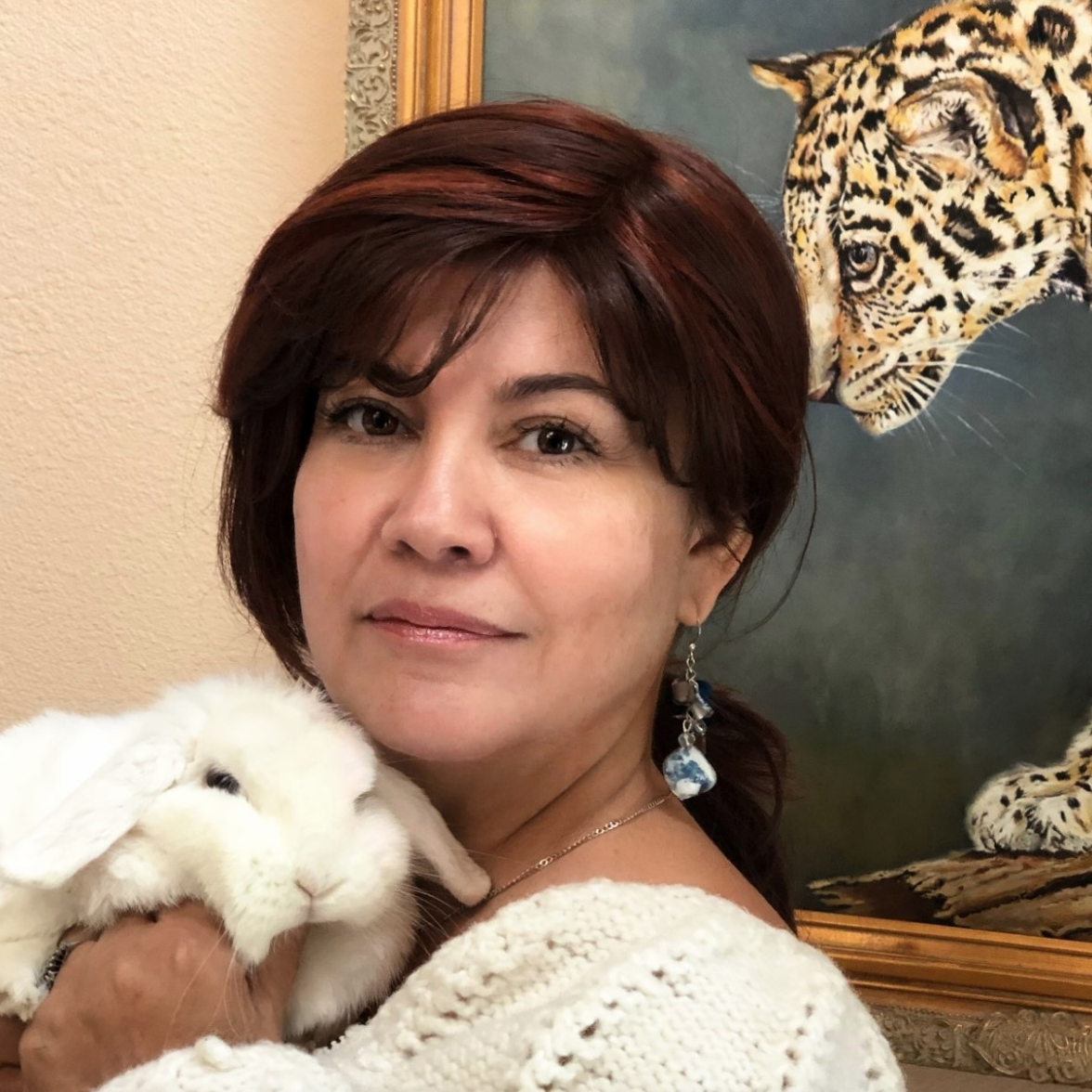John Frederick Lewis is the one of the greatest British Orientalist painters. Many of his wonderful paintings belong to private collectors and are highly sought after when they appear at auction.
Lewis was born in London in 1805, to a master engraver, Frederick Christian Lewis. It is only fair to assume that as a child Lewis must have seen the intricate work of his father, leaving an impression and love for detail from early on. Much of his earlier life was spent primarily as a painter of animals.
In 1827 he set up his own studio and began to work almost entirely in watercolor. Between 1827 and 1832 he underwent what is termed as a "transitional period" by Lewis' biographer and ancestor, Michael Lewis, where his subject matter changed to landscapes and figures. As a member of the Society of Painters in Watercolor, his work was highly praised, gaining him the title of president of the Society of Painters in Watercolors from 1855 through 1858.
Around 1827 he started to travel with his father to Scotland, followed by trips to Spain, Italy and the East. He kept sketchbooks, documenting the wonderful sites that impressed him. These sketchbooks eventually were published as “Drawings of the Alhambra “and “Spanish Characters”. Lewis not only travelled to different regions, but he also lived in Italy and Egypt for extended periods of time.
While residing in Cairo, Lewis seemed to have taken a liking to a seemingly more relaxed life style. William Makepeace Thackeray, found him there, sporting eastern garb living the life of a Turkish pasha with attending servants and abandoning all European manners. Thackeray even went as far as giving a detailed account of Lewis dress in his “Notes of a Journey from Cornhill to Cairo (1846), saying: “”He wore a handsome grave costume of dark blue … consisting of an embroidered jacket and sported a “Damascus scimitar on his thigh.”
What is very intriguing about Lewis Orientalist paintings is that he often portrayed himself as one of the characters. It is as if he would have rather been an Easterner than a member of British’s society. Dressed in oriental garb, wearing a full bearded he usually confronts the viewer head on.
“It is well documented that Lewis had a sort of love-hate relationship when it came to art connoisseurs. Publishers were, in his terms “sharks”, art critics “not overly good natured”, and collectors, on the whole, almost comical in the ease with which they could be manipulated.” (Source: Fine Art Connoisseur Feb 2007)
In 1851, married Lewis settled down for good in England at Walton –on Thames and devoted himself for the remainder of his career almost exclusively to Eastern subjects. These he treated with extraordinary attention to minute detail. Lewis used pure white and gouache (watercolor mixed with white pigment) to create brilliant images of images of the East, developing a style that appealed greatly to the “nouveau riches” of English society.
In 1859 he became an associate of the Royal Academy and he exhibited mainly paintings of Oriental subject. John Frederick Lewis suffered a great deal in his last years, and was confined to a wheelchair by the spring of 1876. He died at home in the summer of the same year and is buried in Frimley near the Hampshire border.
1805 born in London - the son of a master engraver, Frederick Christian Lewis.
In the early years of his career, Lewis was primarily a painter of animals.
1820 Sleeping Lion and Lioness
1824 Head of a Lion
1827 He set up his own studio and began to work almost completely in watercolor
1827 elected as an associate of the Society of Painters in Water Colors
1829 became full member of the Society of Painters in Water Colors
1829 he accompanied his father to Devonshire and later traveled extensively through Scotland.
1832 traveled to Spain and down to Granada and Morocco
1834 Courtyard of the Alhambra
1835 published "Sketches and Drawings of the Alhambra"
1836 published "Sketches of Spain and Spanish Character"
1837 spent the winter in Paris
moved to Italy for 2 year
1838 Spanish Girl Wearing a Mantilla - Red and black chalks and Indian ink with watercolors and bodycolours on buff board
1839 Two Southern Italian Peasants Playing the Bagpipes, Watercolor and bodycolours and black chalk over pencil, on buff paper
1841 Easter Day at Rome
1841 first trip to Cairo
1841 - 1850 lived in Cairo, Egypt
1851 returned to England and lived in Walton-on-Thames until his death.
1851 Home of the Artist in Cairo
1855 elected president of the Society of Painters in Water Colors
1858 resigned as president of the Society of Painters in Water Colors
1859 became associate of the Royal Academy
1864 Hosh Courtyard of Coptic Patriarch 1864
1865 named academician of the Royal Academy
1869 Intercepted Correspondence
1872 The Bezestein Bazaar of El Khan Khali, Cairo
1873 Reception
1875 Cairo Bazaar
1875 Midday Meal
1876 The Siesta
Year? Head of a Fox
Year? Pulpit in Cathedral of Salerno
Year? Almeh Flirting with Armenian Policeman
Year? Street and Mosque at Ghooreyah Cairo
Year? Study of Spanish Figures
Year? Eastern Beauty
Year? Women
Year? Tomb of the Sultan
1876 died
Subscribe to:
Post Comments (Atom)


 World Portraits
World Portraits The Orientalists
The Orientalists Pets
Pets Sur La Table
Sur La Table Garden Delights
Garden Delights Visit My Store
Visit My Store Painting Portfolio
Painting Portfolio



No comments:
Post a Comment